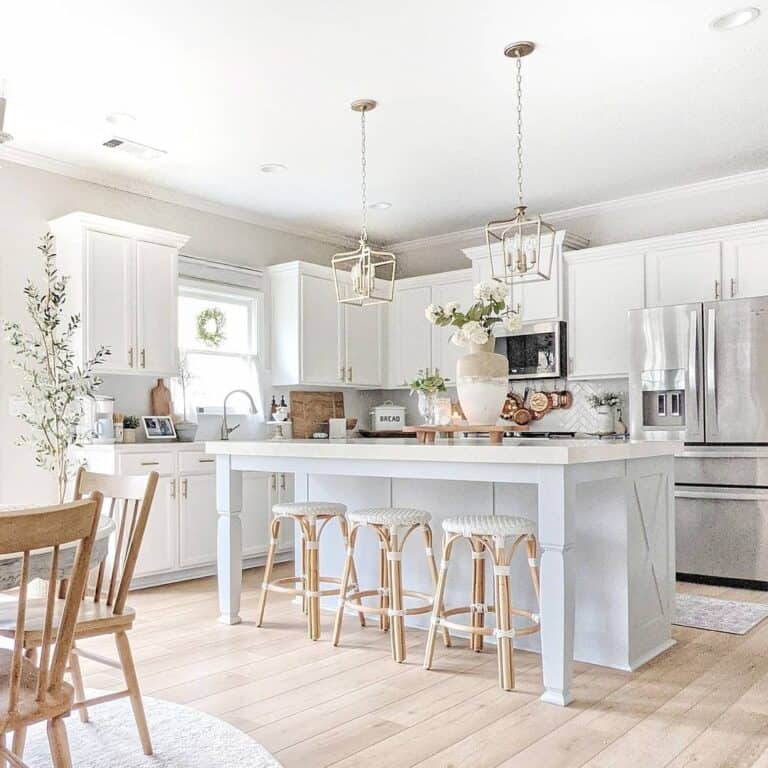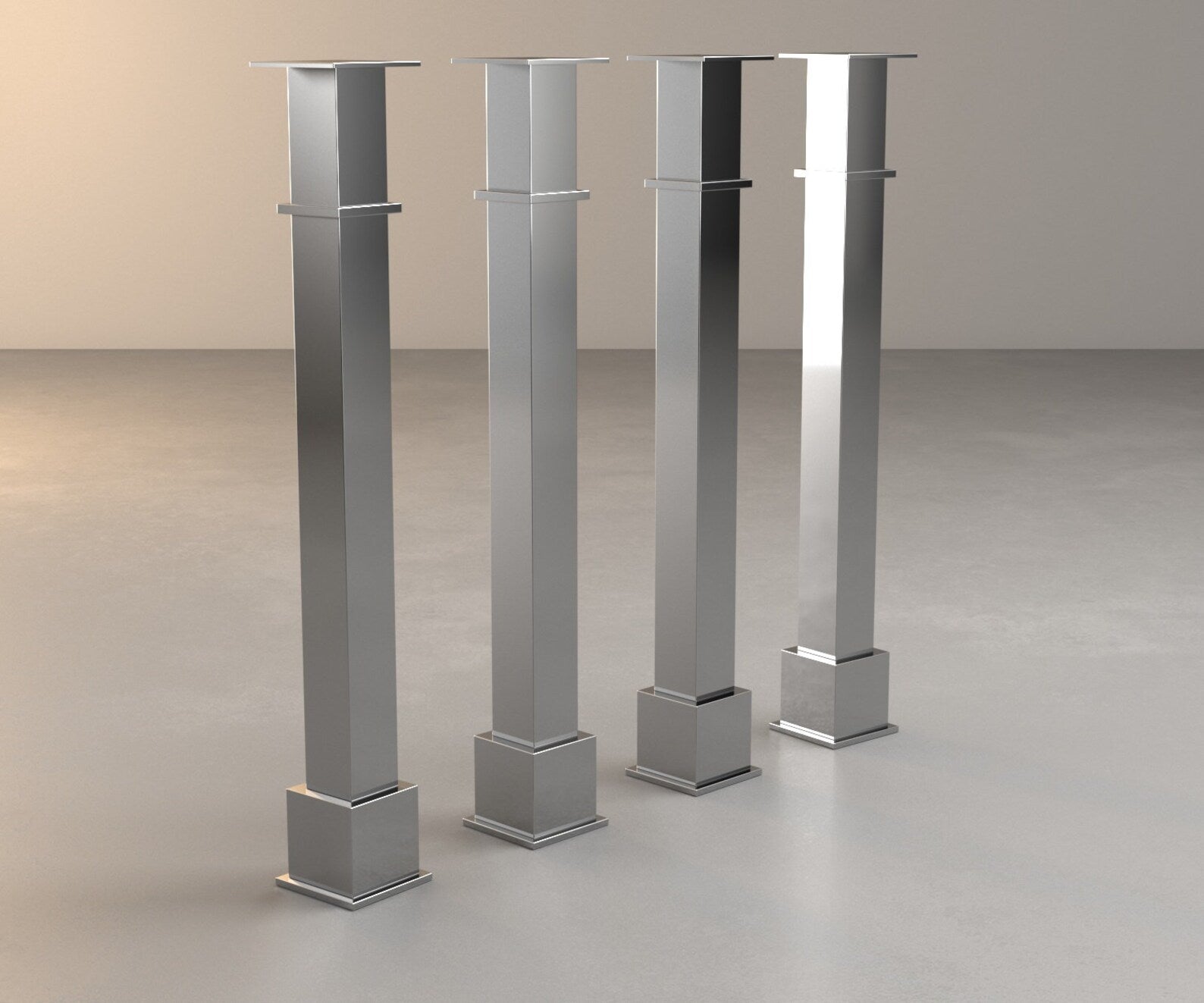Achieve the Perfect Equilibrium of Form and Feature with Legs For Kitchen Island
Achieve the Perfect Equilibrium of Form and Feature with Legs For Kitchen Island
Blog Article
An Overview to Choosing the Perfect Legs For Kitchen Area Island for Your Home
Picking the perfect legs for your kitchen island is a nuanced decision that impacts both the performance and aesthetic allure of this main area. As you consider these aspects, it becomes obvious that the right legs can change not just the appearance of your kitchen however likewise its usability for years to come.

Understanding Kitchen Island Legs
When picking legs for a cooking area island, it's necessary to comprehend their visual and practical duties in the overall design. The legs serve as an important support system, making sure stability and toughness for the island, which usually works as a workspace, eating area, or collecting place. The selection of product and building and construction method have to be durable enough to endure day-to-day use and prospective wear.
In addition to their structural obligations, legs add dramatically to the island's aesthetic charm. They can enhance the cooking area's style, whether through traditional, modern, or eclectic designs. The elevation and proportion of the legs are also vital factors to consider; they should harmonize with the island's counter top elevation while making certain comfy seating for those using the area.
Additionally, the leg design can affect the overall flow of the cooking area. Open, ventilated leg styles can develop a sense of agility, while solid, substantial legs might share a more grounded and stable aesthetic - Legs For Kitchen Island. Understanding these useful and aesthetic facets will certainly direct homeowners in making educated selections that match their kitchen area's design and improve its usability
Popular Styles and Materials
The option of legs for a kitchen area island encompasses a variety of popular styles and products, each offering unique features that can enhance both capability and looks. Conventional legs generally exhibit luxuriant details and workmanship, enhancing traditional cooking area layouts.

Height and Stability Considerations

Stability why not try this out is another essential consideration. The legs of the kitchen area island ought to offer adequate assistance, ensuring that the framework can stand up to daily use without shifting or wobbling. Product click here now option plays a considerable function in security; metal legs, for example, often tend to supply greater strength contrasted to wood. Additionally, guaranteeing that the island is securely secured to the floor or wall can enhance stability, especially for larger islands that might bear substantial weight.
Matching Your Kitchen Aesthetic
Selecting the right legs for your kitchen area island goes past performance; it additionally plays a significant duty in the overall visual of the space (Legs For Kitchen Island). When choosing legs, consider the design style of your cooking area.
Shade is another essential aspect. Legs that enhance or comparison with your island's surface and surrounding cabinetry can develop aesthetic consistency or striking focal points. As an example, matching dark timber legs with a light marble kitchen counter can include deepness and passion. In addition, consider the surface of the legs; matte, shiny, or textured finishes can dramatically influence the general feeling of the cooking area.
Setup and Maintenance Tips
Installing kitchen island legs calls for mindful attention to detail to make certain both security and aesthetic appeal. Begin by picking a suitable location for your island, guaranteeing it is degree and has enough area for movement. If you are affixing the legs to a wall surface or using braces for added assistance, use a stud finder to find wall studs. Mark the positioning of the legs properly prior to drilling.
When safeguarding the legs, utilize high-quality screws and, if essential, wood adhesive for additional toughness. For steel legs, ensure that you are utilizing proper anchors and tools to avoid damage to your flooring. It is advisable to inspect for levelness after setup, making changes as required to avoid tottering.
Tidy the legs with an ideal cleaner, preventing abrasive materials that might damage the surface. By following these installation and upkeep tips, you can make certain that your kitchen island legs stay both functional and visually enticing.
Final Thought
In final thought, picking the appropriate legs for a kitchen area island necessitates cautious consideration of elevation, stability, and visual compatibility. Ultimately, thoughtful leg selection plays an important duty in boosting both the practicality and style of the cooking area area.
When selecting legs for a kitchen island, it's necessary to recognize their visual and functional functions in the total design. Open, airy leg designs can produce a feeling of lightness, while strong, considerable legs may communicate an extra grounded and check that steady aesthetic. The legs of the cooking area island need to offer sufficient support, making certain that the structure can endure day-to-day usage without changing or wobbling.Installing kitchen island legs needs careful interest to detail to ensure both security and aesthetic appeal.In conclusion, choosing the suitable legs for a kitchen island necessitates mindful factor to consider of elevation, security, and aesthetic compatibility.
Report this page